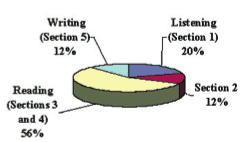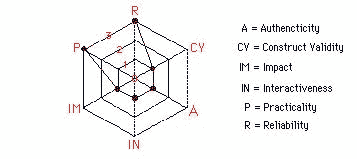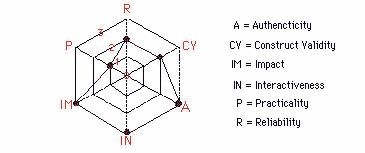
Figure 1. The proportion of skills tested in the 1999 version of the English section of the Tokyo senior high school entrance examination.
Assessing speaking in junior high school:
by Tomoyasu Akiyama (The University of Melbourne)
|

[ p. 107 ]

| ". . . speaking tests tend have inherently many variables which reduce reliability . . . In terms of authenticity, however, the inclusion of the speaking tests could be a genuine boon." |

[ p. 108 ]
[ p. 109 ]
Raters and scoring criteria[ p. 110 ]
Person fit indexes[ p. 111 ]
References